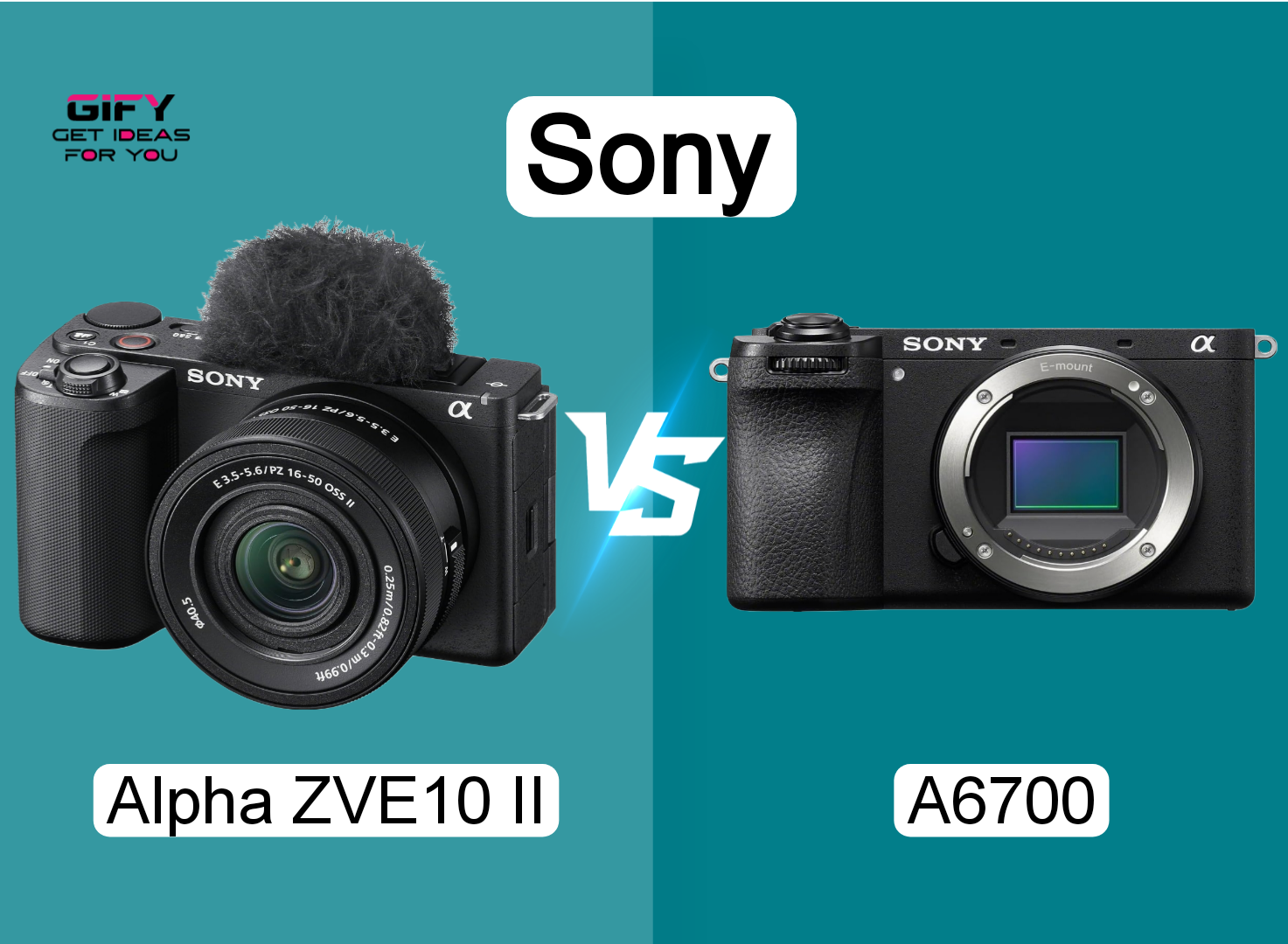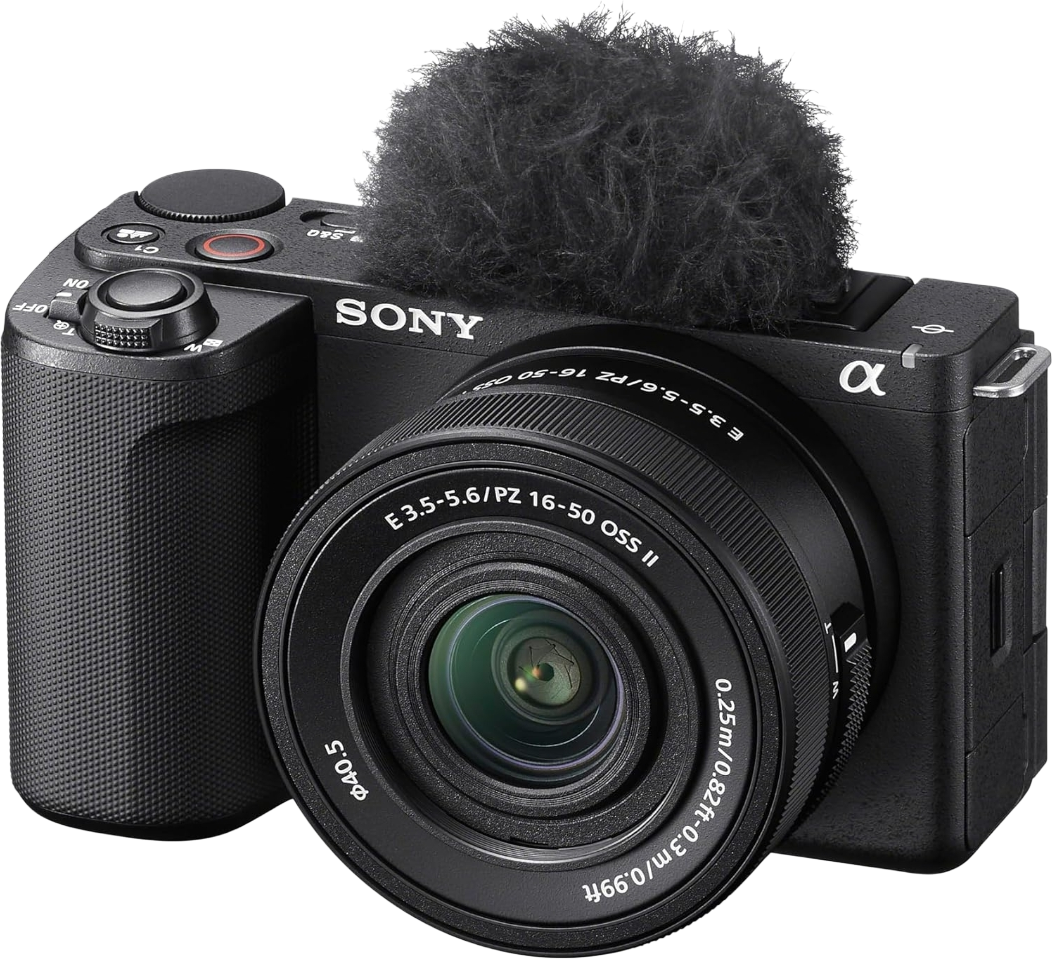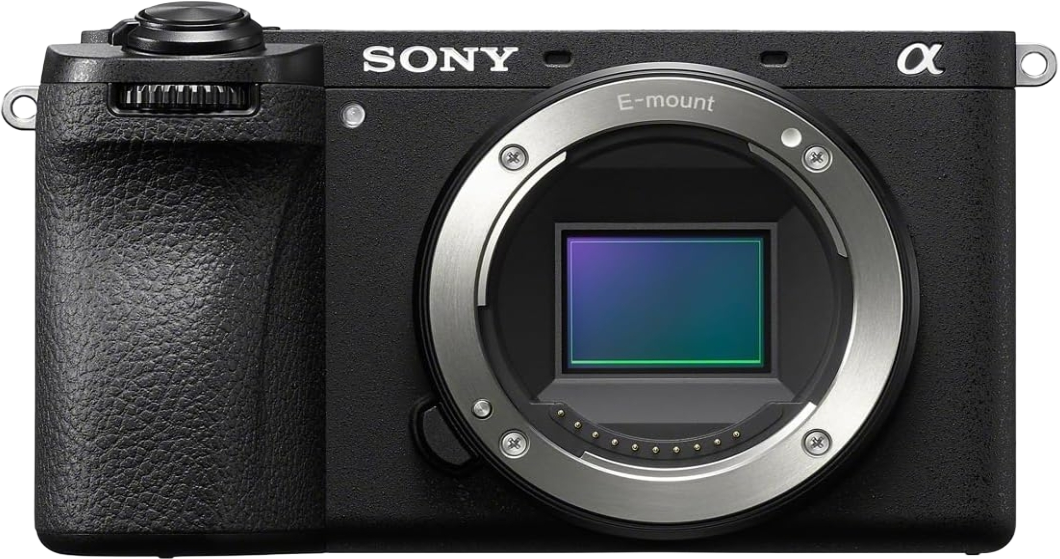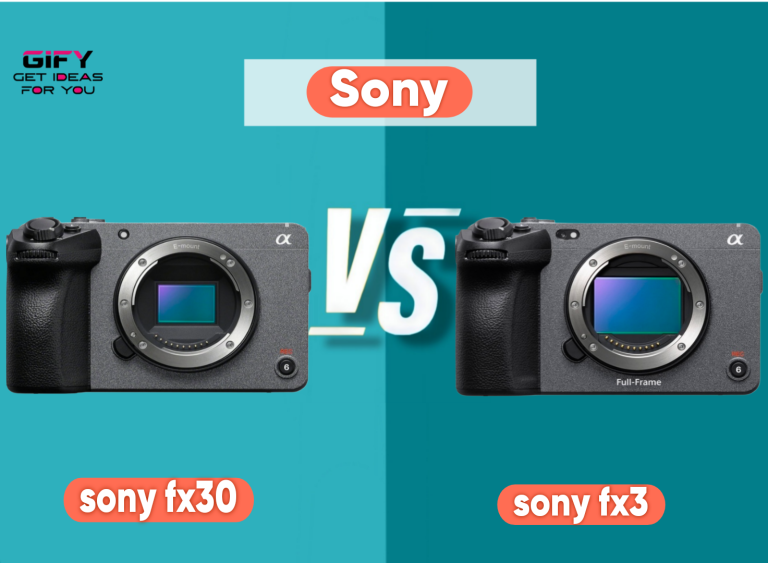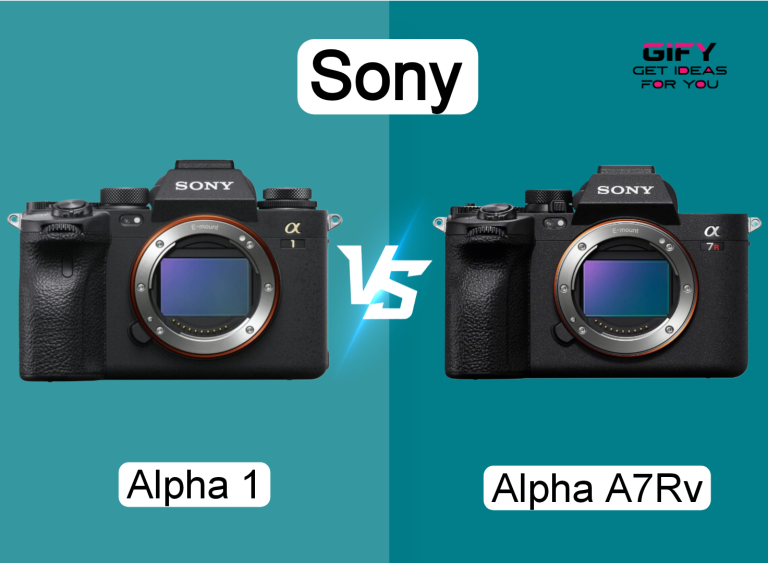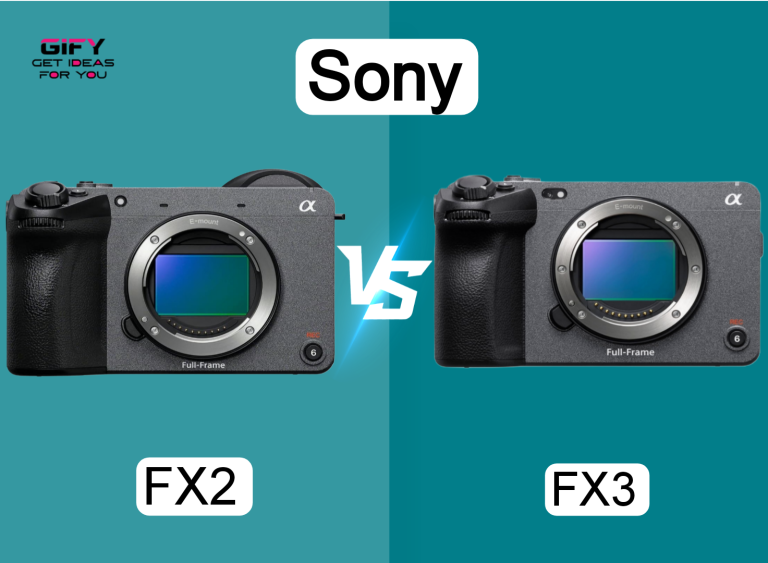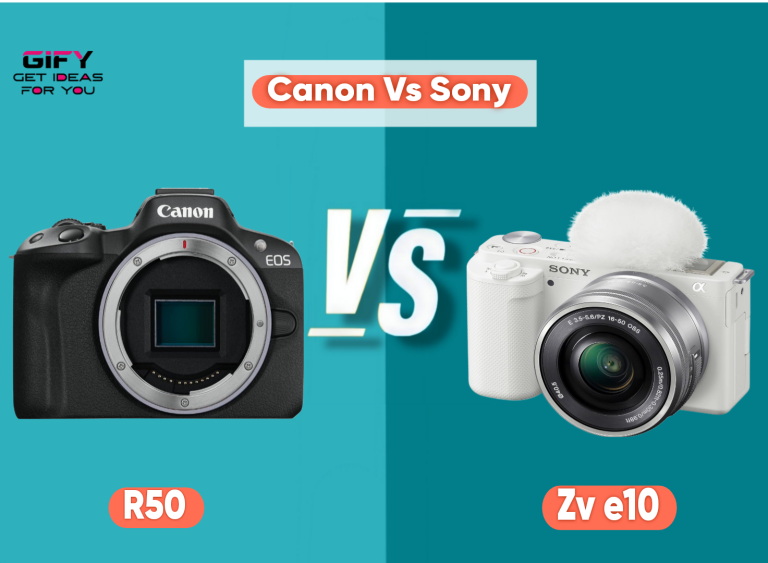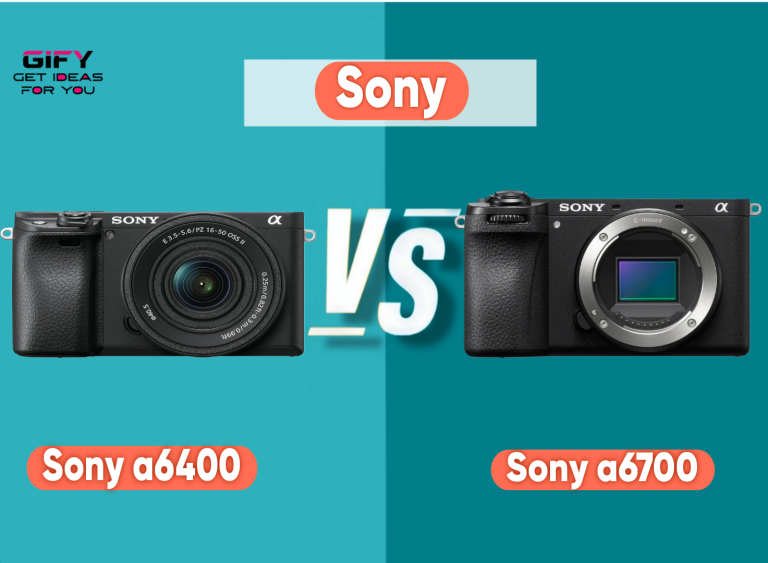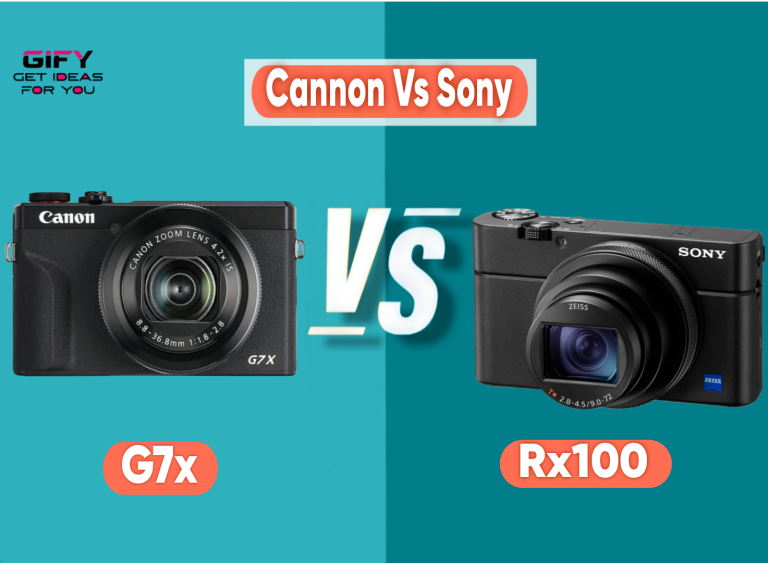Sony ZV-E10 II vs A6700 is one of the most exciting comparisons for creators, vloggers, and photographers looking to upgrade their gear in 2025. Both of these APS-C mirrorless cameras from Sony are designed to deliver outstanding image quality,
fast autofocus, and incredible video performance. Yet, each serves a slightly different audience. This detailed comparison breaks down everything — from performance and usability to lens options and real-world experience — so you can confidently choose the one that fits your creative goals.
Whether you’re a content creator wanting easy handheld vlogging or a professional looking for advanced AI-assisted tracking and video control, this guide will help you understand the key differences between the Sony ZV-E10 II and the Sony A6700. Let’s dive in and explore what makes these two cameras stand out in their own ways.
Common Features
Both the Sony ZV-E10 II and A6700 share several impressive features that make them top choices for modern creators. Sony’s dedication to innovation ensures that both cameras deliver superior image quality, advanced autofocus, and versatile usability. Here are the shared highlights:
- Primary Use: Both are APS-C mirrorless cameras built for hybrid creators who need powerful photo and video tools.
- Image Stabilization: Both models feature advanced digital and in-body stabilization options that reduce shake during handheld shooting.
- Viewfinder: Each camera provides clear, high-resolution viewing, whether through an EVF or LCD monitor, making framing and focusing easier in any condition.
- Ergonomics: Sony’s compact yet comfortable designs ensure both cameras are lightweight and easy to handle for long shoots.
- Top Controls: Customizable buttons and intuitive menus make it simple to adjust settings on the go.
- Video Features: Both capture stunning 4K footage with advanced color profiles like S-Log3 and HLG for maximum flexibility.
- Battery Type: Both use the efficient NP-FZ100 battery, known for long-lasting power during extended shooting sessions.
- Ports: They include essential ports like USB-C, HDMI, and a microphone/headphone jack for easy connectivity and live streaming.
- Memory Card Slot: Each supports UHS-II SD cards for fast data transfer and reliable performance.
- Weather Sealing: Designed to handle outdoor conditions, both cameras offer dust and moisture resistance for professional use.
These shared features prove Sony’s consistency in delivering professional-grade performance across its APS-C lineup. Whether you’re recording 4K video or snapping sharp stills, both cameras ensure reliability, quality, and creative freedom.
Sony ZV-E10 II : Content Creators’ Camera.
The Sony ZV-E10 II is designed for creators who value portability, ease of use, and professional-level image quality in a compact body. It comes equipped with a back-illuminated 26MP Exmor R CMOS sensor, which captures sharp, vibrant images with outstanding detail and dynamic range. Compared to typical smartphone cameras, its sensor is ten times larger, giving every shot a cinematic look that stands out.
What makes the ZV-E10 II special is its flexibility with interchangeable lenses. Compatible with Sony’s vast range of E-mount lenses — from the high-end G Master series to affordable G lenses — it allows you to tailor your visuals to any creative style. Whether you’re filming travel vlogs, portraits, or cinematic sequences, the included 16–50mm kit lens provides a reliable starting point.
For creators who love visual expression, Sony’s Creative Look and My Image Style features bring instant control over tones, brightness, and bokeh directly in-camera. The Real-time Eye AF and Real-time Tracking ensure pin-sharp focus on people, pets, and even birds — a huge advantage for vloggers or wildlife shooters. With up to 60fps in 4K and 120fps in Full HD, it can record smooth, slow-motion footage that looks professional straight out of the camera.
What I Like
The ZV-E10 II stands out for its ease of use and compact design. Its large sensor delivers exceptional quality even in low light, and the autofocus is incredibly responsive. The flexible LCD screen is perfect for solo shooting and vlogging. Plus, the Creative Look presets make content creation fast and fun without heavy editing. The 4K 60fps capability adds excellent versatility for travel, YouTube, or lifestyle videos.
What Could Be Better
It lacks in-body stabilization (IBIS), relying mostly on lens stabilization and digital correction. The absence of a built-in viewfinder may bother traditional photographers. Also, the small body can feel cramped for users with larger hands, especially during long recording sessions.
Overall Opinion
The Sony ZV-E10 II is ideal for vloggers, YouTubers, and hobbyists who want pro-quality results without a steep learning curve. It’s a content creator’s dream camera that blends portability, power, and intelligent automation for fast-paced production.
Sony A6700 : APS-C Interchangeable Lens Camera with 26 MP sensor.
The Sony A6700 is a powerhouse APS-C mirrorless camera built for professionals and advanced creators who need full control, AI precision, and top-tier video quality. It uses the same 26MP back-illuminated Exmor R sensor as the ZV-E10 II but takes performance to the next level with Sony’s advanced BIONZ XR image processor and a dedicated AI processing unit. This combination provides faster autofocus, smarter subject recognition, and cleaner low-light performance.
Video enthusiasts will love its 4K/60p and 6K oversampled recording with 10-bit 4:2:2 color depth. The camera also supports both Long GOP and All Intra formats, giving professionals the flexibility they need for post-production. High frame rate 4K 120p recording delivers smooth, cinematic slow-motion footage that rivals high-end full-frame models.
Beyond power, the A6700 improves usability with a deeper grip, a fully articulating touchscreen, and dual control dials for easy access to settings. It includes advanced stabilization and weather sealing, making it perfect for fieldwork and unpredictable environments.
What I Like
The Sony A6700 is incredibly versatile. The AI autofocus is among the best in its class, recognizing not just human eyes but also animals, birds, cars, and even insects. The 10-bit video output is a massive upgrade for color grading and cinematic work. Its build quality feels premium, and the controls are well laid out for quick adjustments. The addition of in-body stabilization ensures smoother handheld footage.
What Could Be Better
While the A6700 excels in performance, it’s slightly more expensive and heavier than the ZV-E10 II. Beginners may find its menu and advanced settings overwhelming at first. It also tends to heat up faster during long 4K 120p shoots.
Overall Opinion
The Sony A6700 is a dream machine for serious creators and hybrid shooters. Its professional-grade video tools, AI-assisted focusing, and robust design make it one of the best APS-C cameras available. It’s perfect for professionals who want a compact system without sacrificing performance.
Head-to-Head Comparison
The battle between the Sony ZV-E10 II vs A6700 comes down to purpose and performance. Both share the same 26MP APS-C sensor, producing sharp and dynamic images, but the A6700 pulls ahead with its BIONZ XR processor and AI engine for more accurate autofocus and faster processing.
In terms of design and usability, the ZV-E10 II is lighter and built for portability, making it ideal for vloggers and on-the-go content creators. The A6700, on the other hand, has a sturdier body, better grip, and a more professional control layout suitable for long hours of work.
When it comes to video quality, the A6700 wins hands down with 4K 120p and 10-bit 4:2:2 recording, offering much greater flexibility for color correction and cinematic production. The ZV-E10 II still delivers impressive 4K 60p, which is more than enough for YouTube and social media content.
Autofocus performance is stellar on both, but the A6700’s AI processor makes it more accurate for complex tracking, especially in dynamic environments. For still photography, both cameras handle continuous shooting well, with 11 fps for the ZV-E10 II and slightly faster, more reliable bursts on the A6700.
Battery life is nearly identical, thanks to the NP-FZ100 battery, but the A6700 is slightly more power-efficient. In short, if you’re a beginner or casual vlogger, the ZV-E10 II offers unbeatable value and simplicity. If you’re a professional filmmaker or hybrid shooter, the A6700 provides superior control, durability, and advanced video tools.
Related Article 🎀
1. Sony A6700 vs A7III: Low Light, Video & Autofocus Battle
FAQs : Sony ZV-E10 II vs A6700
Is the Sony ZV-E10 II good for beginners?
Yes. Its easy controls, Creative Look options, and reliable autofocus make it an excellent choice for beginners and vloggers.
Does the Sony A6700 have better image quality?
Both have the same 26MP sensor, but the A6700’s advanced processor and AI engine improve dynamic range and tracking accuracy.
Which camera is better for 4K video?
The A6700 is better for professionals due to its 10-bit 4:2:2 internal recording and 4K 120p capabilities.
Does the ZV-E10 II have image stabilization?
It relies on digital and lens stabilization. The A6700, however, includes in-body stabilization for smoother handheld shooting.
Which camera has better autofocus?
The A6700 leads here with its AI-based autofocus system that recognizes a wider range of subjects.
Is the A6700 worth the extra price?
Yes, if you’re a professional or advanced user. The extra cost brings more processing power, stabilization, and flexibility for pro video work.
Conclusion
Choosing between the Sony ZV-E10 II vs A6700 depends on your creative needs and shooting style. The ZV-E10 II is perfect for beginners, vloggers, and social media creators who value simplicity and portability. The A6700, meanwhile, is a high-end tool for professionals demanding advanced AI, in-body stabilization, and cinematic 10-bit video quality. Both are excellent investments in Sony’s mirrorless ecosystem — it just comes down to how you create your story.

